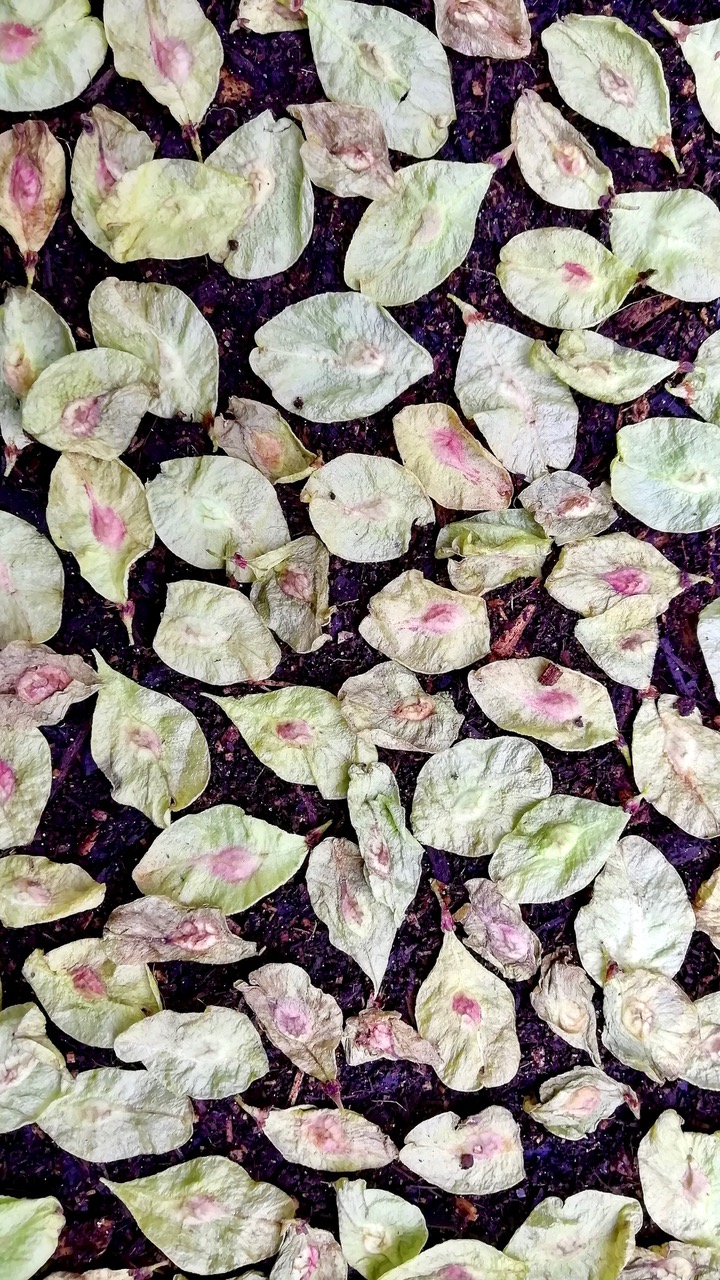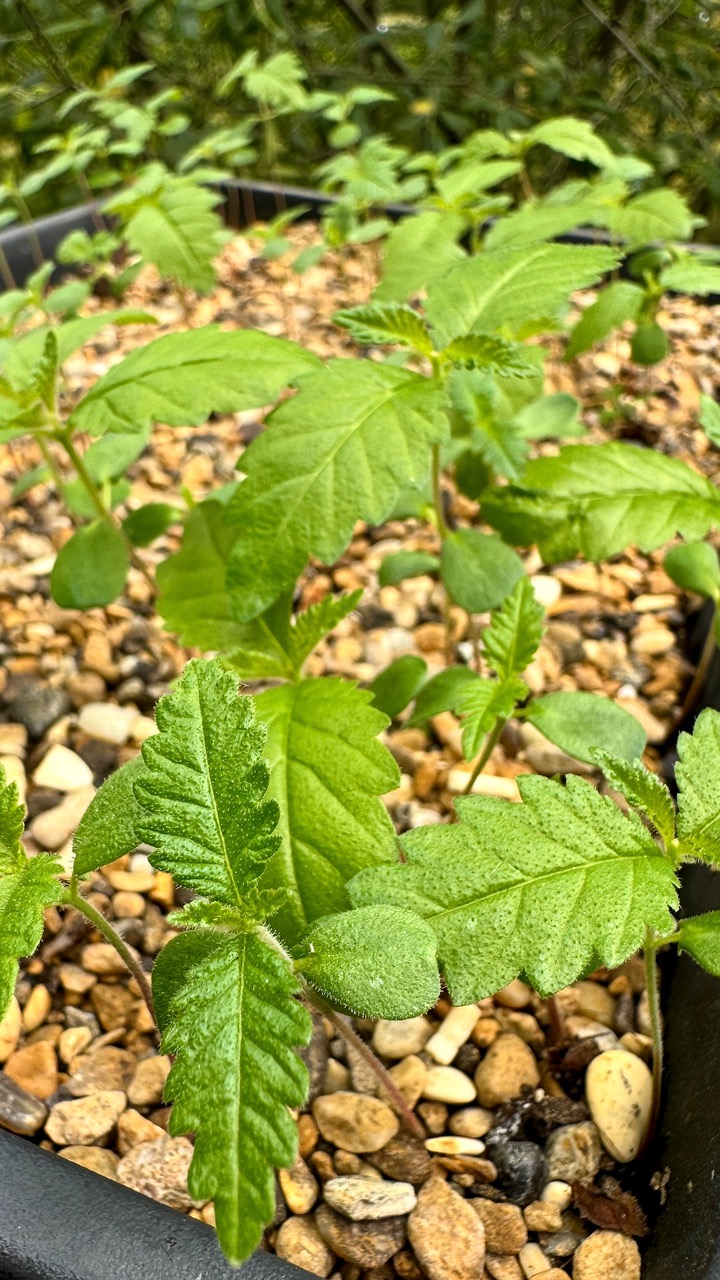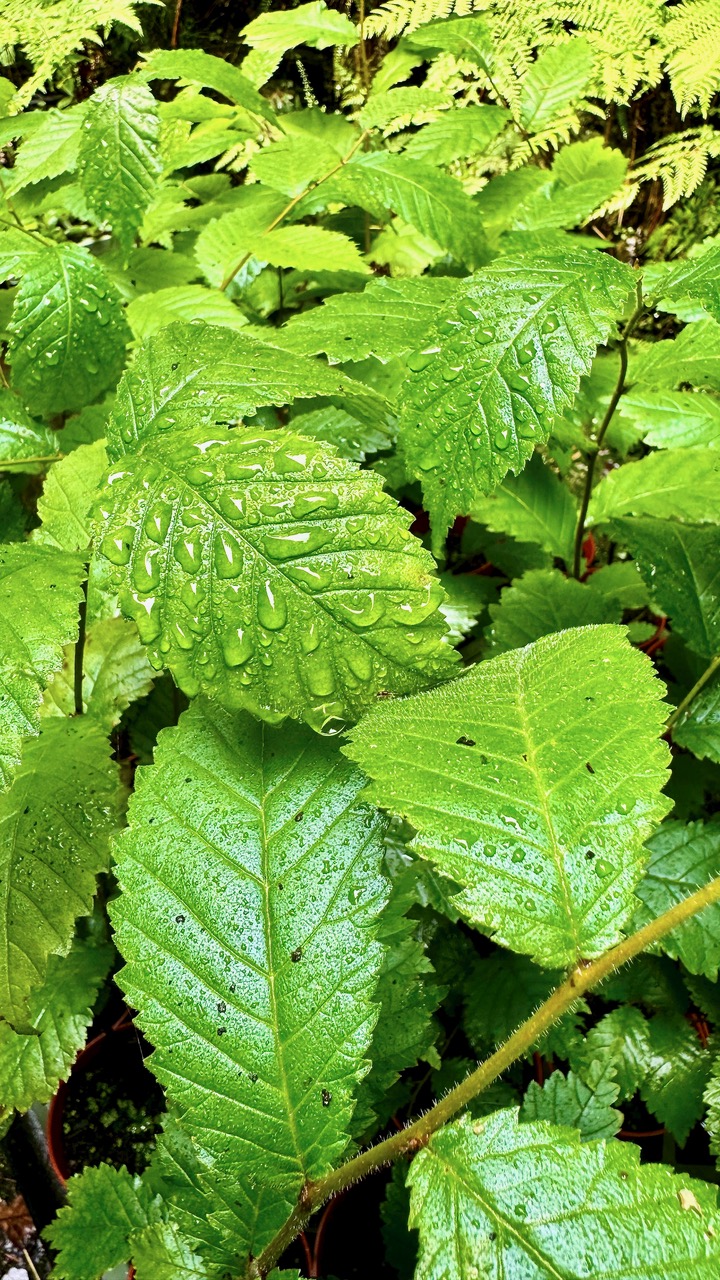All gardening makes life better in the here and now – but when you plant trees, you’re also growing a better future.
Nowadays, amid the wonder, awe and gratitude I feel whenever I gaze upon trees, lurks something else: an odd feeling of sadness. This has nothing to do with how a particular tree might be faring. I know that trees, just like us, go through a cycle of birth, life – they beat us hands down on longevity – and an often deliciously slow and lingering, new-life-giving death (decay means life).

The roots of my sadness are – typically for a human – shallow, but honourable. I feel sad that throughout my gardening lifetime, I haven’t grown more trees. I’ve adored them, learnt to identify them from their fulsome summer leaves and their barest winter buds, written reams about them (many of those words are printed on pages made from them), hugged and mourned them, inherited some as part of my garden – but I don’t feel I’ve actually grown enough of them.
Egged on by my friend and citizen rewilding companion, I’ve spent happy hours during the last two winters sowing the acorns of sessile oak across the bleak, sheep-mown uplands here in Eryri. This land was once covered in Wales’ life-rich temperate rainforest, but its wild ecology, in great swathes, has been taken hostage by both the silence of dark, lifeless sitka spruce plantations, and the nature-obliterating grazing of sheep.
Only fragments of our rainforest remain, and we’re quietly, without fuss or fanfare, doing what we can to coax it back. We’ve also planted alders and aspen, and pushed in thick native willow cuttings. This lifts us up, and helps to dilute some of my regret at not having sown, grown and planted trees earlier in my plant-infused existence (if I had, I might be sitting below the sun-filtering bows of some right now).
Oaks grow slowly, so their boughs won’t ever dapple me in summer shade; by then I’ll be long composted. But there’s one tree that I can grow – one I’ve fallen slightly obsessively in love with, which our rocky Welsh hillsides, boulder-strewn woods and damp, shady ravines are longing to have rooted in them again, and which might just cool me in my dotage, beneath its leafy limbs. It’s dead easy to grow, and all I need to get started is handfuls of… confetti.

Wych elm (Ulmus glabra) seeds are nature’s confetti lookalikes, with a single seed embedded in a delicate, papery, oval-shaped wing, known as a samara, the wing helping to disperse the spring-shed seeds on the wind (other winged ‘helicopter’ seeds include ash and sycamore). I gather big handfuls, because only those pink-green samaras containing a hard seed stand a chance of becoming a whole new elm. Scooping up handfuls attracts curious looks, but local pavements are among the best places to find the beautiful seeds I’m after.
Wych is our only truly native elm, growing mostly in the north and west of Britain. It can reach 40m in height and live for centuries, although veteran wych are uncommon due to Dutch elm disease; younger, vigorous trees often reach around 15 years old before they succumb. Their smooth bark becomes more rugged at this age, making them prone to attack by the bark beetles carrying the fungal disease.
But many of my local sources of samara confetti have easily passed the 15-year mark and are in rude health, so I’ve gathered plenty of their fruits, from various trees several miles apart. Each seed will give rise to a tree with its own unique genetic identity, improving its chances of outwitting elm disease in the future.
Supporting over 80 species of invertebrates, wych elm is an important tree for numerous moths, and birds feast on its seeds. Wych thrives in rich, deep soil, making it ideal for helping bring wild woodland back to Wales, especially to its ecologically stunted uplands. It is also simple to grow.
I scatter the confetti liberally in trays of quality peat-free compost, cover it with a layer of grit, and put them outdoors, bringing them into the greenhouse during prolonged spells of rain. The first seedlings pop up in about two weeks, then keep on coming. When they’ve made true leaves, the baby elms are moved either to deep cell trays or 9cm diameter pots, in semi-shade, where they’ll romp away. They need constant moisture while new roots are growing. By autumn, the leaves turn yellow before falling to leave a short woody stem – a whole new elm in the making.

When their buds burst next spring, when fresh confetti is forming, I’ll move them on into larger pots. The strongest contenders should be ready for planting next autumn. Wych can just as easily be sown and grown on into young trees in the open ground – but here anything faintly resembling a seedling is instant vole tucker.
All of us gardeners need to be growing more wild, native trees, wherever we are. We’re the original sowers, potters, coddlers, nurturers, cosseters, sharers, cultivators, skill-swappers and carers. We need to tree up and work together, in a symbiotic network that shares seeds, seedlings, treelings, knowledge, and muscle when it’s time to plant.
Our gardens and greenhouses, big and small, are the as yet untapped powerhouse of the climate-cooling ‘nature restoration’ we hear bandied about. Trees are the living scaffold at the heart of our natural world, and together we can make it stronger. We are tree people.
Growing trees gives us a gift that no other plants can: a chance to sit under future, imaginary boughs, which we may never see. It’s a powerful, humbling thought, prodding us to remember our fleeting place in the living world, as well as our potential to help regenerate it, to cast cooling shade on those who follow.
My nascent wych elms, raised from spring confetti, dusted by summer mizzle, are flying, helping me make up for lost time; each treeling I firm into its pot strikes a spark of joy. I’m finally doing it – I’m growing trees, dozens of them!
I’ve no idea where we’ll plant them all – that adventure awaits – but I do know that any sadness is long gone.
Text and images © John Walker
Join John on X @earthFgardener


